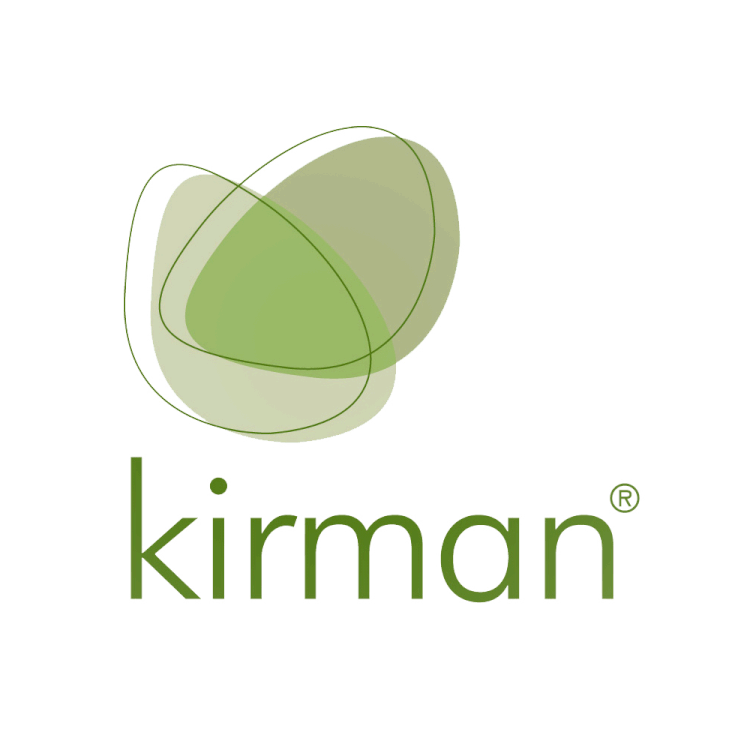Firethorn hedging or Pyracantha hedging
Alder hedging or Alnus glutinosa hedging supplied and planted to any location in Northwest England including Lancashire, Cheshire, Merseyside and Manchester.
Pyracantha Hedge
(Alnus glutinosa hedging)
Alder hedging or Alnus glutinosa hedging
Beech makes a great hedge. Although beech plants are deciduous, the striking winter leaves stay on the hedge until they are ready to make way for new growth in spring, making beech hedging a wonderful alternative to evergreen hedging that provides year-round interest.
Fantastic on its own as a formal hedge, beech hedging also makes a wonderful addition to a native mixed hedge to provide a burst of winter colour, as well as shelter for local wildlife when the rest of the deciduous hedge loses its leaves.
Click on the link below link to open an enquiry for availability and cost. The link will ask for details about the hedge as well as your own details like your name and the address the hedge will be planted.
Plant Size
40-60cm (5 to 7 plants per metre)
60-90cm (5 to 7 plants per metre)
90-120cm (3 to 7 plants per metre)
120-150cm (3 to 5 plants per metre)
150-180cm (5 to 7 plants per metre)
180-200cm (3 to 4 plants per metre)
Plants per metre (Approx.)
40-60cm (5 to 7 plants per metre)
60-90cm (5 to 7 plants per metre)
90-120cm (3 to 7 plants per metre)
120-150cm (3 to 5 plants per metre)
150-180cm (5 to 7 plants per metre)
180-200cm (3 to 4 plants per metre)
Availability
Root Ball
(November to February)
Instant
(All year round)
-
Beech plants are deciduous but due to a phenomenon is known botanically as marcescence, the young plants keep their leaves in the Winter. Older plants of the same species gradually lose this characteristic. This means that a Beech hedge is sort of Evergreen alternative in the Winter. This makes a Beech hedge very striking in Winter as well as in spring when fresh new leaves appear on the plants and summer when these leaves grow a darker green as the year goes on. Beech are great for wildlife with birds nesting in them and insects using the cover of their leaves throughout the year.
-
The following is a guide as to where Beech/Fagus sylvatica will grow. The list is intended as a guide and not exhaustive but will give give a good indication of whether this plant will grow in the location you are thinking of growing this hedge.
Conditions: Chalk, Clay, Loam, Sand.Moisture: Moist but well drained, Well Drained. Not suitable for very heavy clay.
Position: Full sun, Partial Shade.
Exposure: Exposed or sheltered. Planted in very windy locations, Beech may loose it’s leaves in Winter.
Plant Hardiness: H6 (Hardy in all of UK and northern Europe (-20C to -15C)).
-
Although Beech is a relatively quick growing hedge, it can be low maintenance with a little planning. When pruning a beech hedge, try to slightly taper the sides in order to make the bottom of the hedge wider than the top. By doing this, light will get to the bottom of the hedge and therefore keep the whole plant looking bushy and dense without any gaps.
January:February:
March:
April: For a really sharp looking hedge prune from the beginning of April. Feed with a slow release fertiliser like Bonemeal. Check for nesting birds first.
May:
June: Light trim if necessary.
July:
August: Prune now. Trimming in August will give the hedge time to recover and retain it’s leaves for the Winter. Feed with a slow release fertiliser like Bonemeal.
September:
October:
November:
December:













